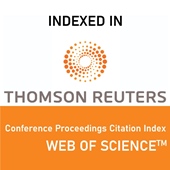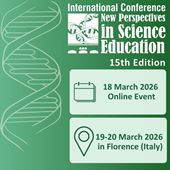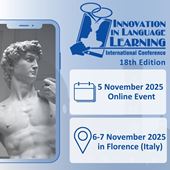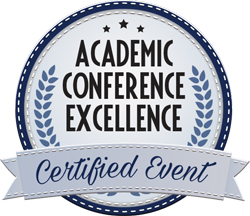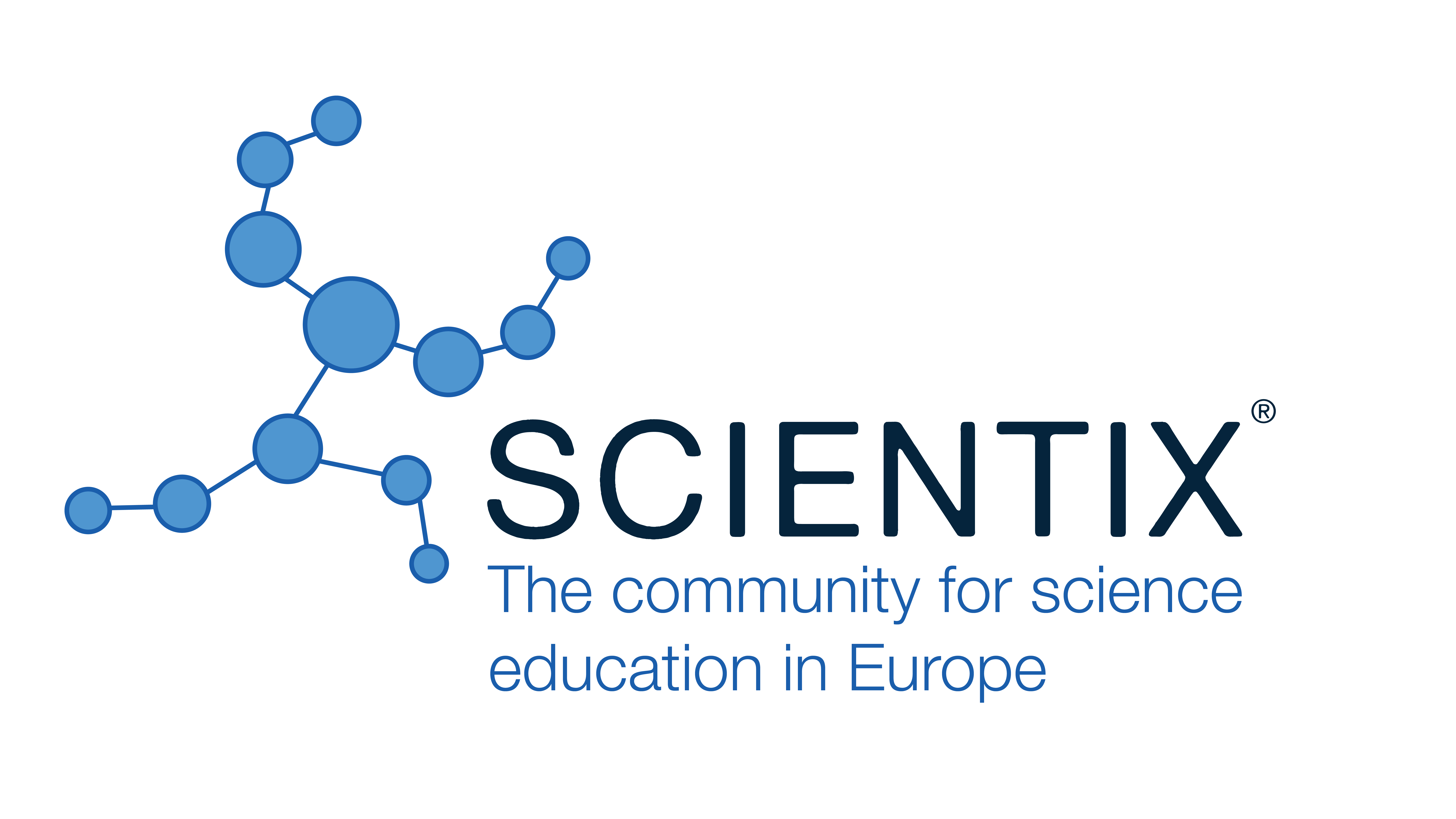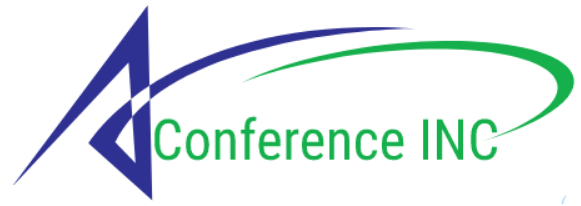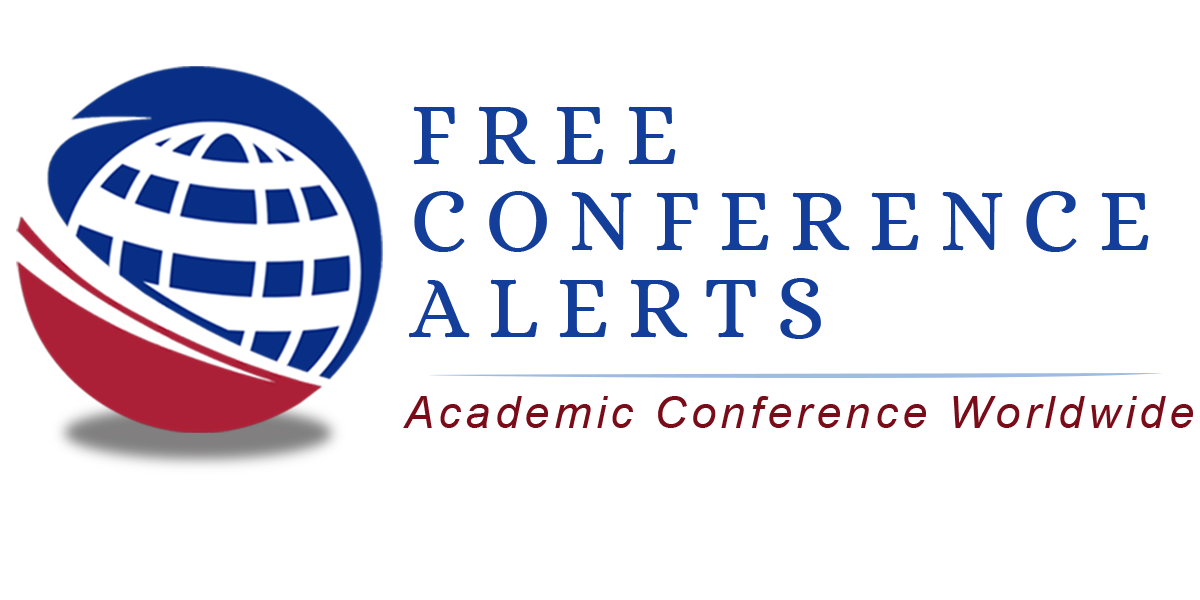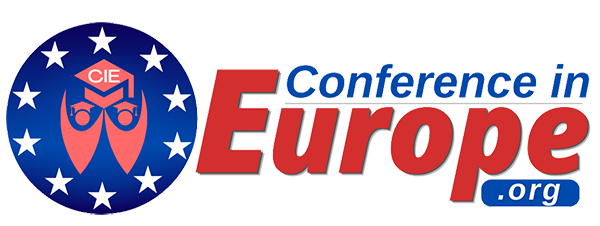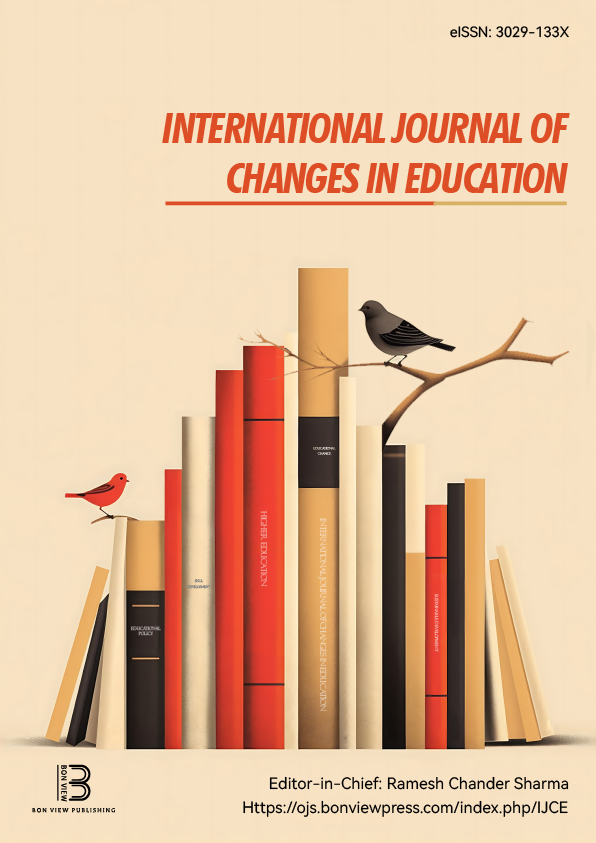How to Improve Students’ Reading? Assessments Should Help…
Maria-Lavinia Moldovan, Faculty of Psychology and Education Sciences, University of Bucharest (Romania)
Abstract
Reading competences are highly important for overall school performance as well as lifelong learning and social inclusion. Therefore, improving reading performance is crucial for quality learning, in school and beyond. In this context, assessment is relevant from at least two perspectives: 1) It identifies the levels of attainment by examining students’ results. 2) it highlights strengths and weaknesses of the teaching practices when looking into the assessment design and corroborate it with the results. On that account, our study aims at answering the following research questions: What does the assessment target? What categories of ítems and what types of texts are there used? How does assessment influence reading practices? We thus analysed the reading component in the grade 8 Romanian national assessment and in PISA. Both assessments are administered to 14-15 year olds: the first is technically an exam that establishes a hierarchy with an important role for the admission in highschool, the second is a comparative large scale assessment. A thorough analysis of the Romanian assessment syllabus, the reading PISA framework and the subsequent assessment tasks and texts reveal the roots of the little performance variation throughout the years despite various curricular changes that took place. While the 8th grade Romanian national assessment made small steps towards innovation and thus kept the reading practices within clustered traditional patterns, PISA renovated its assessment design to fit the current reading habits and digital challenges. Our conclusions identify ways to fill this gap from the perspective of teaching strategies and formative assessment.
|
Keywords |
Reading performance, national exams, large scale assessment, backwash effect |
|
REFERENCES |
[1] Ministry of National Education. (2022). Syllabus for 8th grade National Assessment. Romanian Language and Literature (in Romanian) https://cnsm.ro/wp-content/uploads/2024/12/Programa-de-examen-EN-2025.pdf [2] Martone, A., & Sireci, S. (2009). Evaluating alignment between curriculum, assessment, and instruction. Review of Educational Research, 79(4), 1332-1361. 10.3102/0034654309341375. [3] Neumann, E., Kiss, A., Fejes, Ildikó. (2012). The Hard Work of Interpretation: The National Politics of PISA Reception in Hungary and Romania. European Educational Research Journal. 11. 227-242. 10.2304/eerj.2012.11.2.227. [4] OECD. (2019). PISA 2018 Assessment and Analytical Framework. PISA. OECD Publishing, Paris, https://doi.org/10.1787/b25efab8-en. |
 Innovation in Language Learning
Innovation in Language Learning
